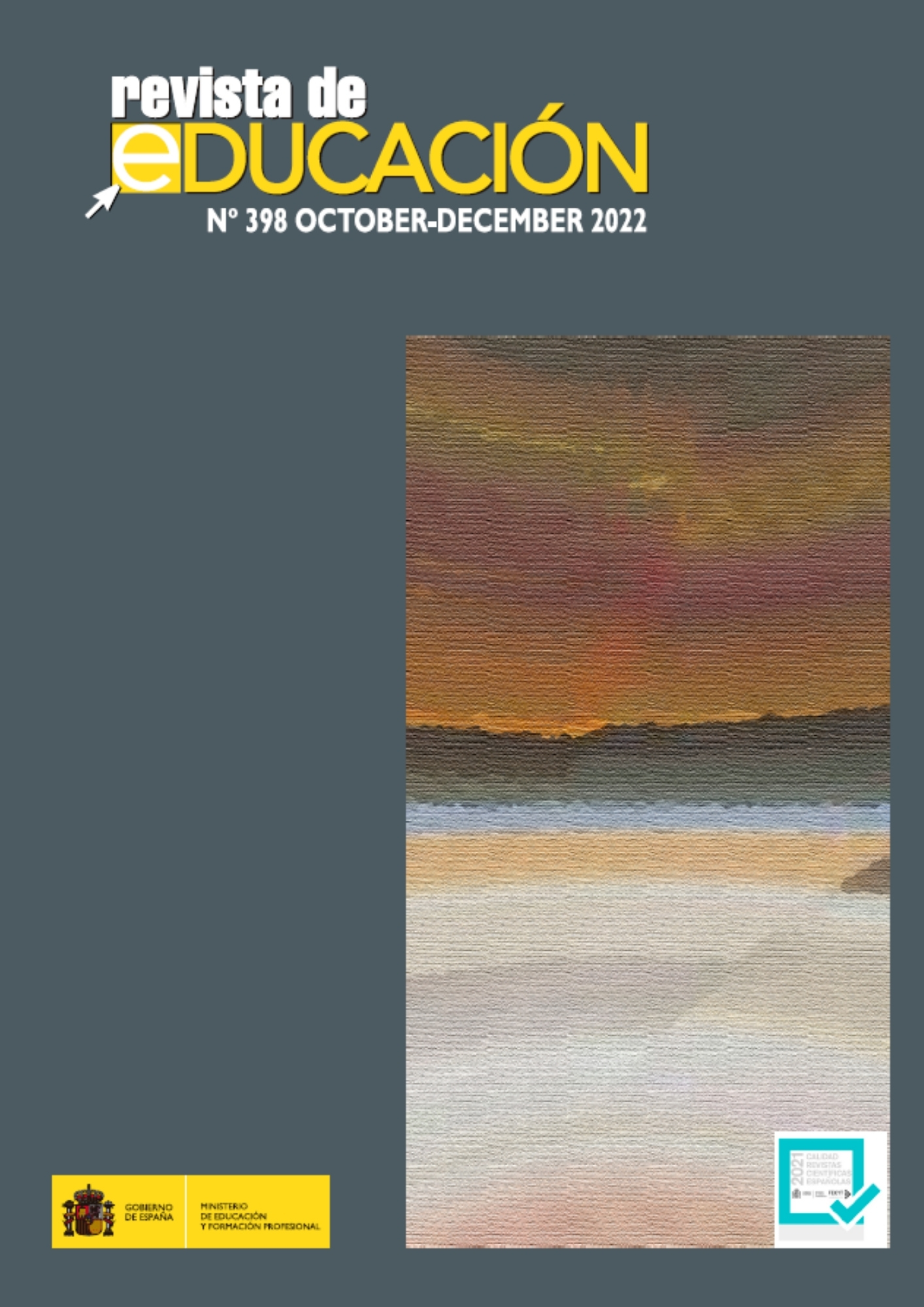Classroom practices to promote thinking critical skills in the uses of digital media
Main Article Content
Abstract
In the 21st century, fake news, disinformation and infoxication are becoming increasingly popular. Internet and social networks promote this growth. To address this situation, the educational interventions of primary school teachers must enable students to be aware of this problem and develop skills based on critical thinking to be less vulnerable to digital media. Education in digital media can not be reduce to the use of technology. This study has followed a quantitative methodological design to analyze Primary teachers' perception of their classroom practices to promote the critical use of technological media in their educational interventions. A scale, based on critical skills facing the use of Internet and social networks, has been designed, which has been completed by primary teachers (n=536) from different autonomous
communities. The data collected has been analyzed descriptively, and an analysis of variance and Student's test have also been performed. The results of this study suggest that the design of activities in the classroom about the studied topic seems to be scarce, because 90.6% of teachers admit that they plan little or no activities on misinformation, which may be due to the need for teacher training. Moreover, in the different courses of the stage, strategies of low cognitive demand are mainly promoted in the uses of technological means. We conclude by highlighting the versatility of the scale designed, as well as proposing the integration of approaches based on thinking, such as visible thinking, so that teachers learn to promote critical thinking strategies beyond transmitting to students that they should be wary of digital media.
Key words: desinformation, teaching skills, critical thinking, media and information literacy, Primary education.

